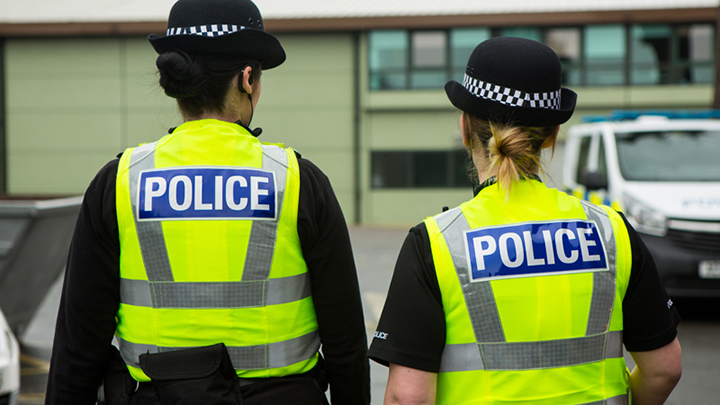Use of Force forms improve transparency, says Fed chair
28 January 2020
Officers are being encouraged to complete Use of Force forms to improve transparency and avoid putting themselves at risk.
Derbyshire Police Federation chair Tony Wetton says members who don’t fill out the forms could be opening themselves up to being accused of having something to hide.
He said: “Use of Force forms are a crucial type of protection for our members and they will increase public confidence in policing. Filling them in will also help to identify areas in which the Force may need to improve policies or officer training.
“Where officers haven’t filled them in, even for incidents in which there has only been minor contact, there may be suspicions that they are covering something up.”
Belinda Goodwin, secretary of the Police Federation of England and Wales’ wellbeing sub-committee, added: “If there is a complaint to Professional Standards or the IOPC they’ll ask, ‘have you filled in the form?’ and, if an officer hasn’t done this straight away, their inference is there must be something to hide.”
The Home Office’s most recent Use of Force statistics, which cover April 2018 to March 2019, showed 428,000 recorded incidents in which a police officer was required to use force.
This was a 36.7 per cent increase which has been put down to forces standardising reporting processes – something the Police Federation has called for.
Deputy Assistant Commissioner Matt Twist, lead for self-defence, arrest and restraint (SDAR) on the National Police Chiefs’ Council (NPCC), supports the standardised form for recording low and high level uses of force introduced in April 2017.
“By filling out the form we get really valuable data that will improve transparency and increase public confidence in policing. It enables us to see what works well and what doesn’t,” Mr Twist said.
“We’ve previously lacked an evidence base to back up our use of tactics so that, if we’re criticised over an incident, we’re now able to say that in 10,000 other cases there was no adverse outcome. Equally, if every time a particular restraint tactic was used it led to a serious injury, we’d know not to do it.”
Mr Twist said having one dataset for the whole country was a step forward but forces use different IT systems meaning it can take longer to fill out for some forces.
He said: “The Met’s online form can be filled out in a couple of minutes for a lower use of force and emails the officer a record of what was submitted. I know there are some systems that require officers to click through number of pages that may not be relevant.”
While having no plans to mandate everyone to use the same IT, Mr Twist is pushing for the interface to be as ‘simple as possible, as well as intuitive and hierarchical to save time’.
He believes the recording of data will show over time that the vast majority of uses of force are at the lower end (hands on people and cuffs) rather than using batons and Taser. It should also demonstrate that drawing Taser is often enough to defuse a situation without a use of force being required.
He added that by ending the historical under-reporting of use of force, it will help the police service to develop the training given to officers, and ultimately reduce injuries.

















